Control Measures
Cockroaches
 American Cockroach
American Cockroach Periplaneta americana
Found in dark, moist areas such as around bathtubs, clothes hampers, sewers and basement corners. Also, wherever food is prepared and stored.
Distinguishing Characteristics:
The largest of the common species, growing to a length of 1 1/2" or more. Reddish-brown with a yellow border on the back of the pronotum. The wings of the male extend beyond the tip of the abdomen, while the female's wings are about the same length as the abdomen.
 German Cockroach
German Cockroach
Blatella germanica
The most common roach in United States homes. Breeds throughout the year. Favors humid atmosphere and an average temperature of 70 degrees.
Distinguishing Characteristics:
Adults are about 1/2" long, brown with two dark streaks on the thorax. The female is darker in color with a broader, more rounded posterior. Both sexes have wings as long as their bodies.
 Brown-banded Cockroach
Brown-banded Cockroach
Supella longipalpa
Most prominent in the south. Since they need less moisture, they can be found anywhere in the house. Especially high on walls, behind pictures, in furniture and closets.
Distinguishing Characteristics:
One of the smaller roaches, rarely over 1/2" long. It is light brown with with two light bands running across the base of the wings and abdomen. The femal is much broader in the body than the male. The adult male is quick to fly when disturbed.
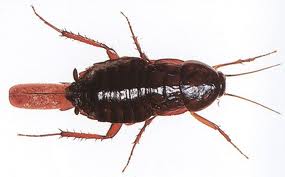 Oriental Cockroach
Oriental Cockroach
Blatta orientalis
Found in all parts of the United States. They're most common in high moisture situations, especially around decaying organic matter. Most common in late spring or early summer.
Distinguishing Characteristics:
Very dark brown or black. male is about 1 1/4" long while the female reaches only 1" in length. The female has functionless wing stubs. The male's wings cover about 3/4 of the abdomen. Neither sex flies. Females are broader and heavier.
ANTS
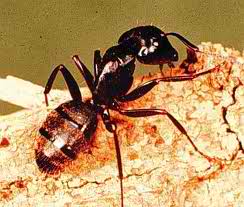
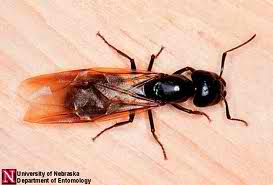
Family Formicidae
A wide variety of species are found throughout North America. Most feed on organic matter and are especially attracted by sweet foods. Colonies hibernate in the soil or in garden trash.
Distinguishing Characteristics:
Although there are many different species of common house ants, most are black, brown or reddish in color. They range from 1/6" to 1/4" in length with an enlarged abdomen. May be winged or wingless.
FLEAS
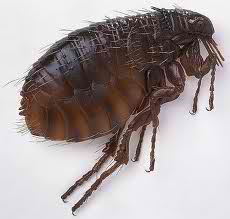
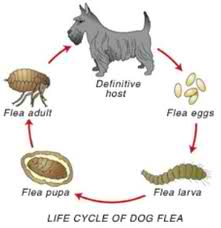
Ctenocephalides felis
Most common during the summer, especially when homes are reoccupied after vacation. Most common hosts are cats, dogs, man and a wide variety of animals.
Distinguishing Characteristics:
Fleas are extremely small, averaging 2 to 4 mm in length. The body is flattened vertically and is covered with spines which project backward. They are wingless but have long, powerful legs for jumping great distances.
RATS AND MICE
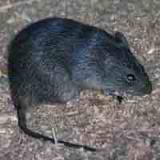
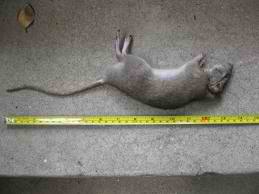
Superfamily Muroidea
Rats are various medium-sized, long-tailed rodents of the superfamily Muroidea. "True rats" are members of the genus Rattus, the most important of which to humans are the black rat, Rattus rattus, and the brown rat, Rattus norvegicus. Many members of other rodent genera and families are also referred to as rats, and share many characteristics with true rats.
Distinguishing Characteristics:
Rats are typically distinguished from mice by their size; rats are generally large muroid rodents, while mice are generally small muroid rodents. The muroid family is very large and complex, and the common terms rat and mouse are not taxonomically specific. Generally, when someone discovers a large muroid, its common name includes the term rat, while if it is small, the name includes the term mouse. Scientifically, the terms are not confined to members of the Rattus and Mus genera.
SPIDERS
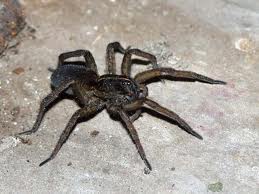
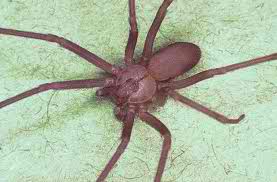
Class Arachnida,
Order Araneae
Depending on the species, spiders can be found in both damp and warm, dry parts of buildings. Most species hide in cracks, darkened areas or in shelter they make from silk.
Distinguishing Characteristics:
Eight legs with no wings or antennae. Their bodies have only two sections - a fused head and thorax, and an abdomen, All spiders have a pair of jaw-like structures with a hollow, claw-like fang at the end.
BEES & HORNETS
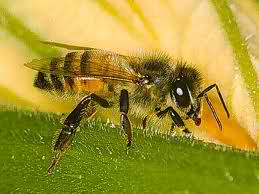
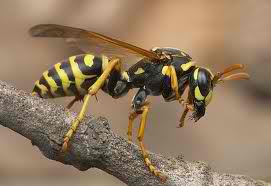
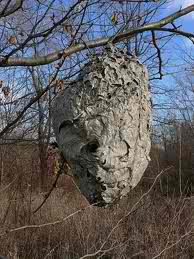
Bees are flying insects closely related to wasps and ants, and are known for their role in pollination and for producing honey and beeswax. Bees are a monophyletic lineage within the superfamily Apoidea, presently classified by the unranked taxon name Anthophila. There are nearly 20,000 known species of bees in seven to nine recognized families, though many are undescribed and the actual number is probably higher.
Distinguishing Characteristics:
Bees have a long proboscis (a complex "tongue") that enables them to obtain the nectar from flowers. They have antennae almost universally made up of 13 segments in males and 12 in females, as is typical for the superfamily. Bees all have two pairs of wings, the hind pair being the smaller of the two; in a very few species, one sex or caste has relatively short wings that make flight difficult or impossible, but none are wingless.
Residential & Commercial Pest Control in Columbus
Boydes Exterminating Co is committed in giving you the best service and price for all your pest control and fumigation needs. Call us today!